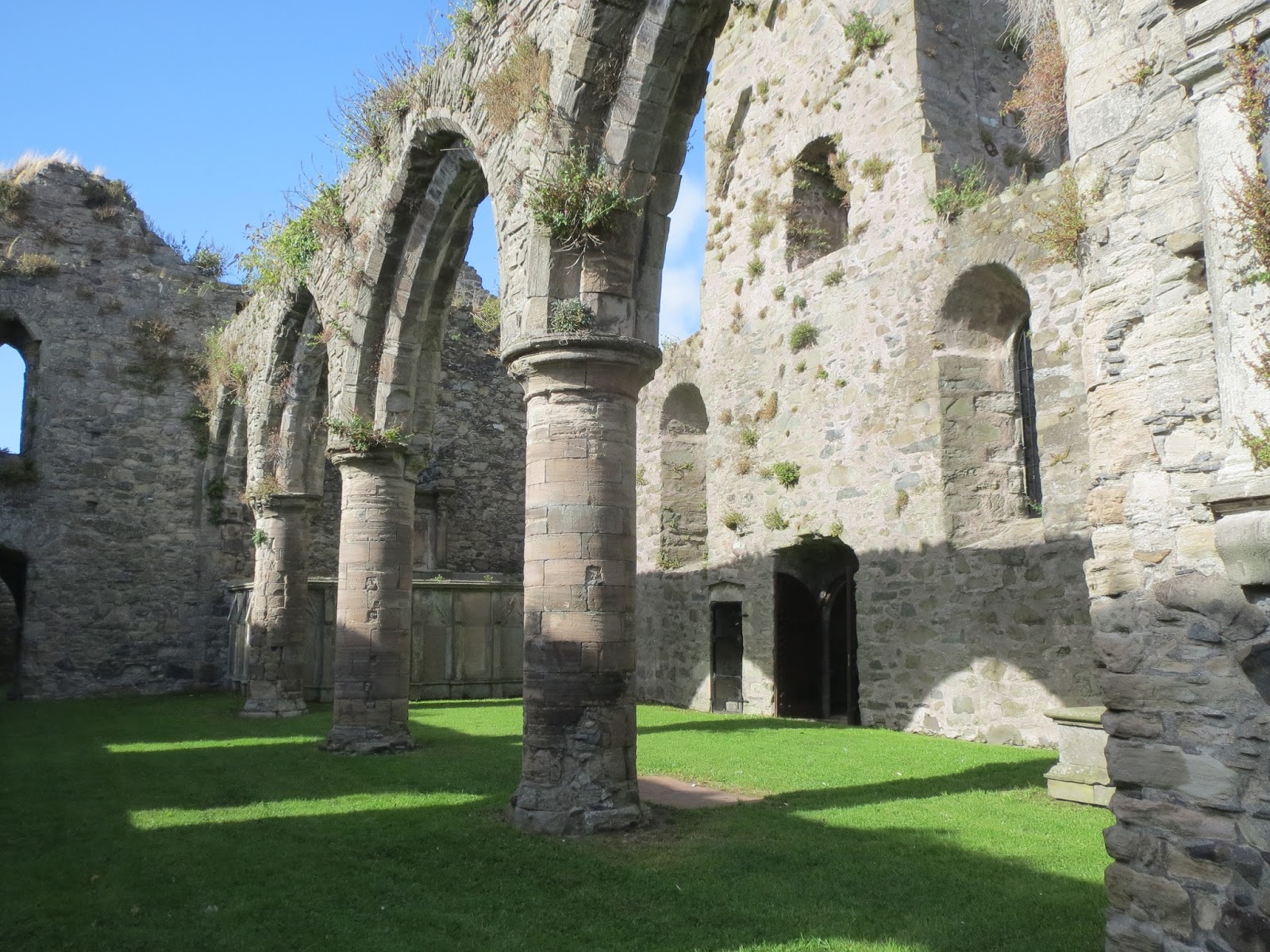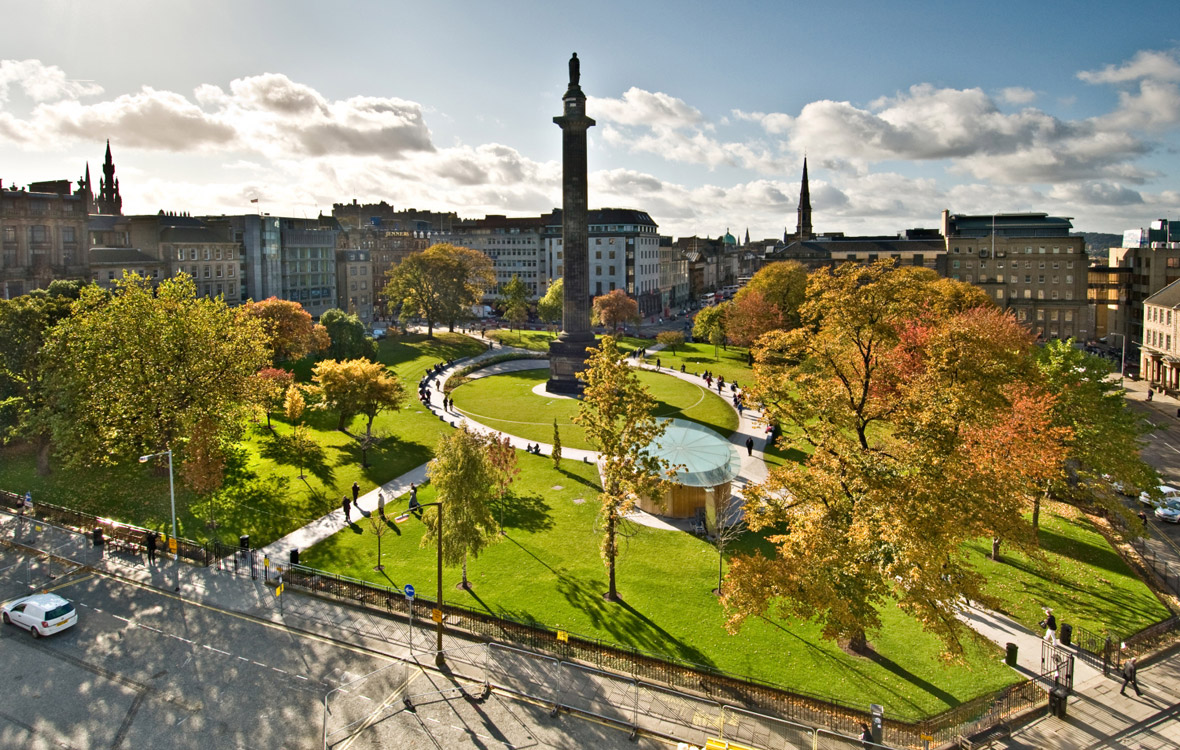Perth, Perthshire
Lodged snugly in a lush valley alongside the M90, Perth’s biggest drawcard is historical Scone Palace, but the city’s grand Georgian buildings by the banks of the River Tay possess their own splendour. This market town was once a weaving, dyeing and glove-making centre and...








